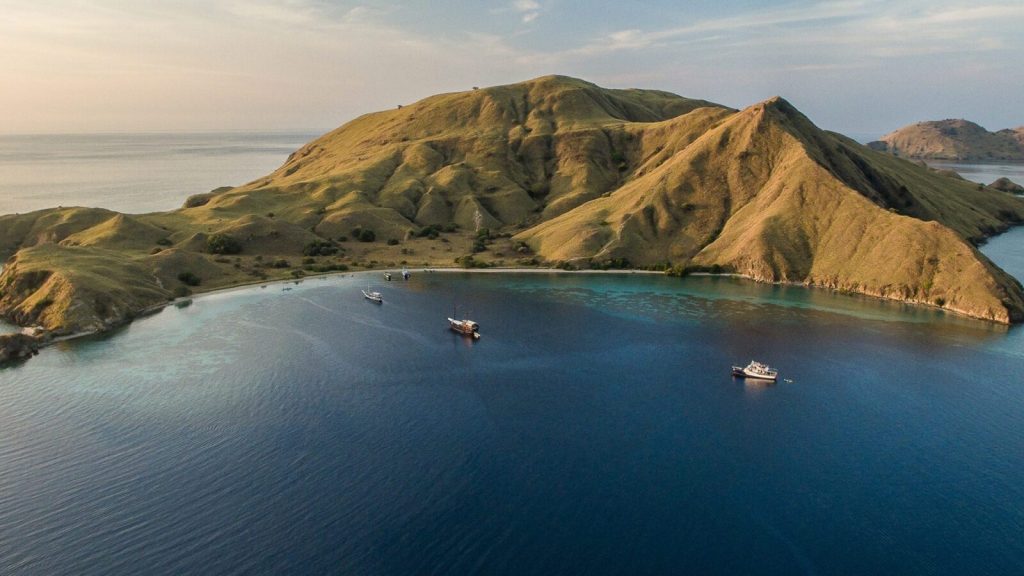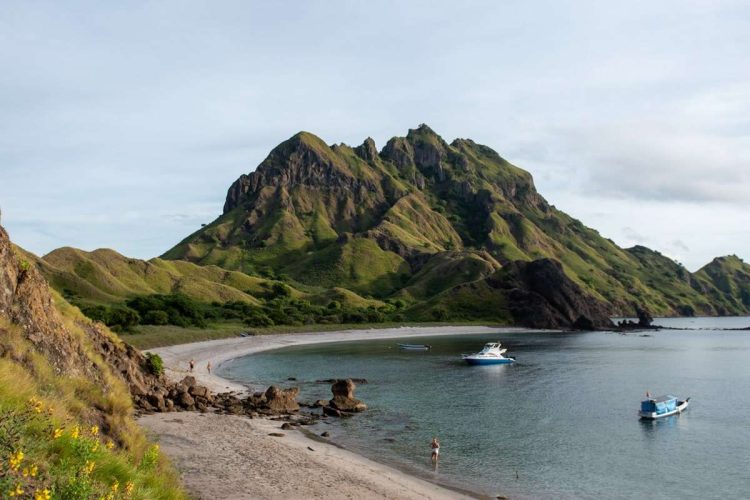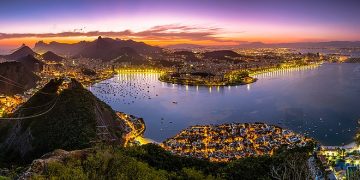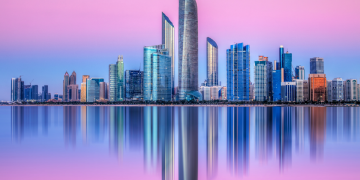The Great Shift from Bali to Flores
In 2025, a noticeable shift is underway in Southeast Asian tourism. Once the undisputed darling of global travel, Bali now finds itself facing increasing scrutiny from seasoned explorers and first-timers alike. Overcrowded beaches, sky-high prices, and the creeping sense of commercial sameness are prompting a wave of travelers to look beyond Bali’s well-worn shores. The new darling? Flores—a rugged, culturally rich island east of Bali that offers the same natural beauty without the chaos.
This migration isn’t just anecdotal. According to Indonesia’s Ministry of Tourism, international arrivals to Labuan Bajo—the gateway town to Flores—rose 36% year-over-year in the first half of 2025, while tourist numbers in South Bali declined for the first time in over a decade. This changing tide reflects deeper traveler preferences: a desire for authenticity, wilderness, and experiences that haven’t yet been repackaged for social media. For many, Flores is not just a substitute—it’s a revelation.
What’s Driving Tourists Away from Bali?
Bali’s evolution from tropical paradise to global party hub has been a double-edged sword. The very popularity that once made Bali a bucket-list essential is now driving people away. In 2025, many parts of Bali—particularly Canggu, Seminyak, and Ubud—are grappling with noise complaints, traffic gridlock, and over-tourism fatigue. The island’s infrastructure, originally designed for village life, now strains under the weight of millions of scooters, Airbnbs, and day-trippers.
What used to be tranquil rice paddies in Ubud have turned into Instagram cafes. Sacred temples are flooded with selfie sticks. Once-undiscovered beach towns like Uluwatu now see weekend party crowds flown in for techno festivals and influencer retreats. For many travelers, especially those seeking peace or cultural depth, Bali is no longer what it once promised.
More importantly, prices have soared. A decent beachfront villa in Bali can now cost as much as one in Southern Europe during peak season. Surf lessons, yoga retreats, and even local food have adopted premium price tags. For budget-conscious adventurers, digital nomads, or slow travelers, the value proposition is increasingly underwhelming.
Flores: Untamed, Underrated, Unforgettable
By contrast, Flores feels like stepping into an older, slower Indonesia—one not yet reshaped by global tourism. The island offers a radically different pace and vibe. Stretching over 350 kilometers, Flores is home to dramatic volcanoes, terraced hillsides, prehistoric creatures, and some of the most pristine coral reefs on Earth. Here, travel is not about being seen; it’s about seeing something different.
One of the most iconic draws is Komodo National Park, just off the west coast of Flores. It’s the only place on Earth where travelers can come face-to-face with Komodo dragons, the world’s largest living lizards. But that’s just the beginning. Flores is a geographical mosaic—home to mirror-like crater lakes at Kelimutu, hidden waterfalls near Bajawa, and pink-sand beaches accessible only by boat.
And unlike Bali’s polished experiences, Flores offers a rawer, more organic form of adventure. You might find yourself trekking up an active volcano at dawn, diving with manta rays by noon, and sipping homemade palm wine with villagers by sunset. The roads are winding, the phone signal patchy, and the smiles genuine.

The Rise of “Second-Wave” Destinations
The pivot to Flores is part of a broader 2025 travel trend: the rise of “second-wave” destinations. As iconic hotspots like Bali, Tulum, and Santorini become victims of their own popularity, travelers are consciously seeking out lesser-known alternatives that still feel “untouched.” This shift is fueled by multiple factors—social media fatigue, sustainability concerns, and a craving for newness.
Flores fits this profile perfectly. It offers many of the same attractions Bali once boasted—natural beauty, spiritual depth, and cultural intrigue—but in a form that feels more personal and less performative. Instead of smoothie bowls, travelers in Flores enjoy local delicacies like ikan bakar (grilled fish), spicy sambal, and rice steamed in banana leaves. Instead of boutique hotels, they sleep in wooden bungalows with views of rice terraces or under the stars on boat decks in the Komodo archipelago.
Tour operators have taken notice. Small-scale eco-lodges, diving outfits, and hiking guides are rapidly emerging across Flores, most of them run by locals. These experiences often offer higher value for money, more ethical engagement, and a deeper connection to place. And with the completion of a new airport expansion in Labuan Bajo, access is now easier than ever.
Insider Tips for Visiting Flores in 2025
For those planning their first trip to Flores, the island promises rewards—but only for travelers ready to embrace the unexpected. Here are a few tips to get the most out of the experience.
Start in Labuan Bajo, but don’t stay there. While it’s the arrival point for most tourists, the real magic begins once you leave town. Book a two- to three-day liveaboard boat to explore Komodo National Park, including Padar Island, Manta Point, and the famed Pink Beach.
Head east for cultural depth. Towns like Ruteng, Bajawa, and Moni offer access to traditional villages, volcanic treks, and sacred hot springs. The terrain is mountainous and drives long, but the views—valleys dotted with rice pyramids and mist-covered hills—are unforgettable.
Pack light, but smart. Flores is more rugged than Bali. Opt for hiking shoes, reef-safe sunscreen, and a sense of humor. Be prepared for limited Wi-Fi, cold showers, and some bumpy roads.
Go local. Support family-run homestays, hire local guides, and eat in warungs (local eateries). Not only is it more affordable, but it keeps your money in the community and enriches your experience with real conversations and authentic moments.
Looking Ahead: Will Flores Stay Flores?
One of the biggest questions surrounding Flores in 2025 is whether it can avoid the fate of Bali. With rising tourist interest comes the inevitable temptation of overdevelopment. But many locals and eco-minded businesses are determined to do it differently. Some villages have implemented caps on visitor numbers. Others are investing in sustainable infrastructure and community tourism councils.
The Indonesian government has also positioned Flores as part of its “10 New Balis” initiative—an ambitious plan to distribute tourism more evenly across the archipelago. While this might raise concerns about commercialization, it also brings opportunities for managed growth and community-led planning.
For now, Flores stands at a crossroads. It’s still wild, welcoming, and wonderfully unpredictable. It still belongs more to its mountains and myths than to the algorithms of mass tourism. But as word spreads, that balance may shift. Travelers who want to experience Flores in its truest form would be wise to visit sooner rather than later.
Conclusion: The End of the Easy Choice
In 2025, choosing Bali was once the default for anyone dreaming of tropical sunsets and barefoot luxury. But as travelers evolve, so do their destinations of choice. Flores represents the end of the easy choice—and the beginning of a deeper one. It offers not just escape, but encounter. Not just beauty, but meaning. For Roamcox readers who crave less cliché and more connection, Flores may just be the new holy grail of Southeast Asia.





















